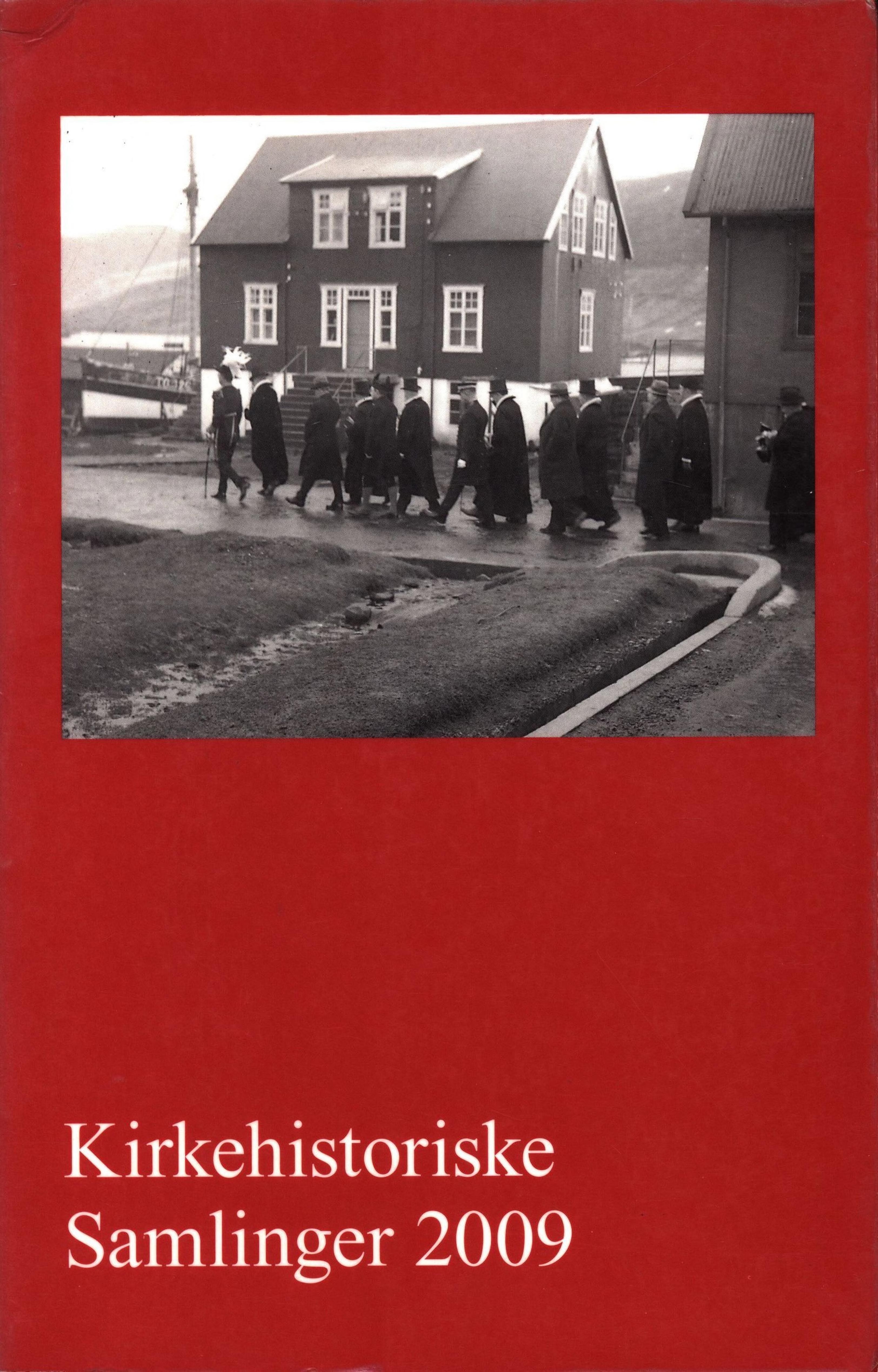Publiceret 25.02.2025
Citation/Eksport
Copyright (c) 2024 Tidsskriftet Kirkehistoriske Samlinger

Dette værk er under følgende licens Creative Commons Navngivelse – Ingen bearbejdelser (by-nd).
Resumé
Pietism is a broad movement which started in the late 16th century across different Protestant confessions, focusing on personal piety in reaction to the widely observed separation between doctrine and life. In several European countries this dissatisfaction resulted in parallel movements placing much emphasis on inner and outward piety. Puritanism was the first appearance of Pietism. Puritans, who could be found both within the Church of England and among the dissenters, had a Calvinist theology. From the beginning the emphasis on ‘godly living’ was one of its defining characteristics. Puritan-pietistic influences can be found in mainland Europe in the 17th and 18th Centuries. In Denmark nearly one hundred Puritan writings were translated and published until 1800. This article investigates the extent and nature ofthis phenomenon. Special attention is paid to the Lutheran context of Pietism in Denmark, where Pietism along the lines of Philipp Jakob Spener and August Hermann Francke did not yet exist in the seventeenth century. The first
Lutheran pietistic meetings took place in 1704 and only in 1730 did this Pietism find a place in the Lutheran church. In seventeenth-century Denmark both church and state gave regulations to improve personal life and overcome the frequently observed discrepancy between the confession and every day life. Here great emphasis was placed on the Lutheran Catechism and on the orthodox Lu-
theran faith. On the other hand there also was a more ‘personal Pietism’, with more emphasis on the private life than on dogmatic purity. In the first part of the 17th century this approach was concentrated round the nobleman Holger Rosenkrantz and his estate Rosenholm. Through his educational activities Rosenkrantz had a great influence on a group of young men from the Danish higher classes and aristocracy. In the second part ofthe 17th century there was a growing interest in translations of English Puritan devotional books. The first was a translation (1646) of the Practice of Piety by the Anglican bishop Lewis Bayly. This book was translated by Mette Goye, who grew up at her uncle’s estate Rosenholm. In the same period there was a striking influence ofEnglish theology, for example in the method of preaching. See Hans Enevoldsen Brochmand and others in the Nikolai Kirke of Copenhagen. Active use
of The Mystery ofselfdeceiving of Daniel Dyke in the Danish sermons in this whole period is reported in 1705 by the translator Ludvig Winslow. This article also deals with aspects of the Danish translations, such as the translators, publishers, private libraries and reading culture. Sixty translators are identified. Attention is given to their profession, their knowledge ofthe English language, their other translation activities, their intentions, and about the translations of noble women. In an interpretation of the findings it is suggested that the far-reaching influence of Philipp Melanchthon in the 16th century was still present and contributed to the extra attention to the reading of the Bible and a simple faith in combination with strong emphasis on personal piety. This was in direct response to the deficiencies in the Danish piety, as identified by Holger Rosenkrantz and his disciples Jens Jersin and Caspar Bartholin. Another important aspect was the Danish orientation towards English theology and especially practical theology. This is the context of the
translations of puritan books in Danish. These translations are part of a larger international network in which many pietistic ideas and publications of different confessional backgrounds were exchanged. The main conclusion is that already in the 17th century there was a form of Lutheran Pietism in Danmark and this is considerable earlier than the introduction of the Lutheran pietism of Spener and Francke. The Appendix gives a detailed bibliography ofthe 95 Danish translations and 101 reprints ofthe publications discussed in this article.

